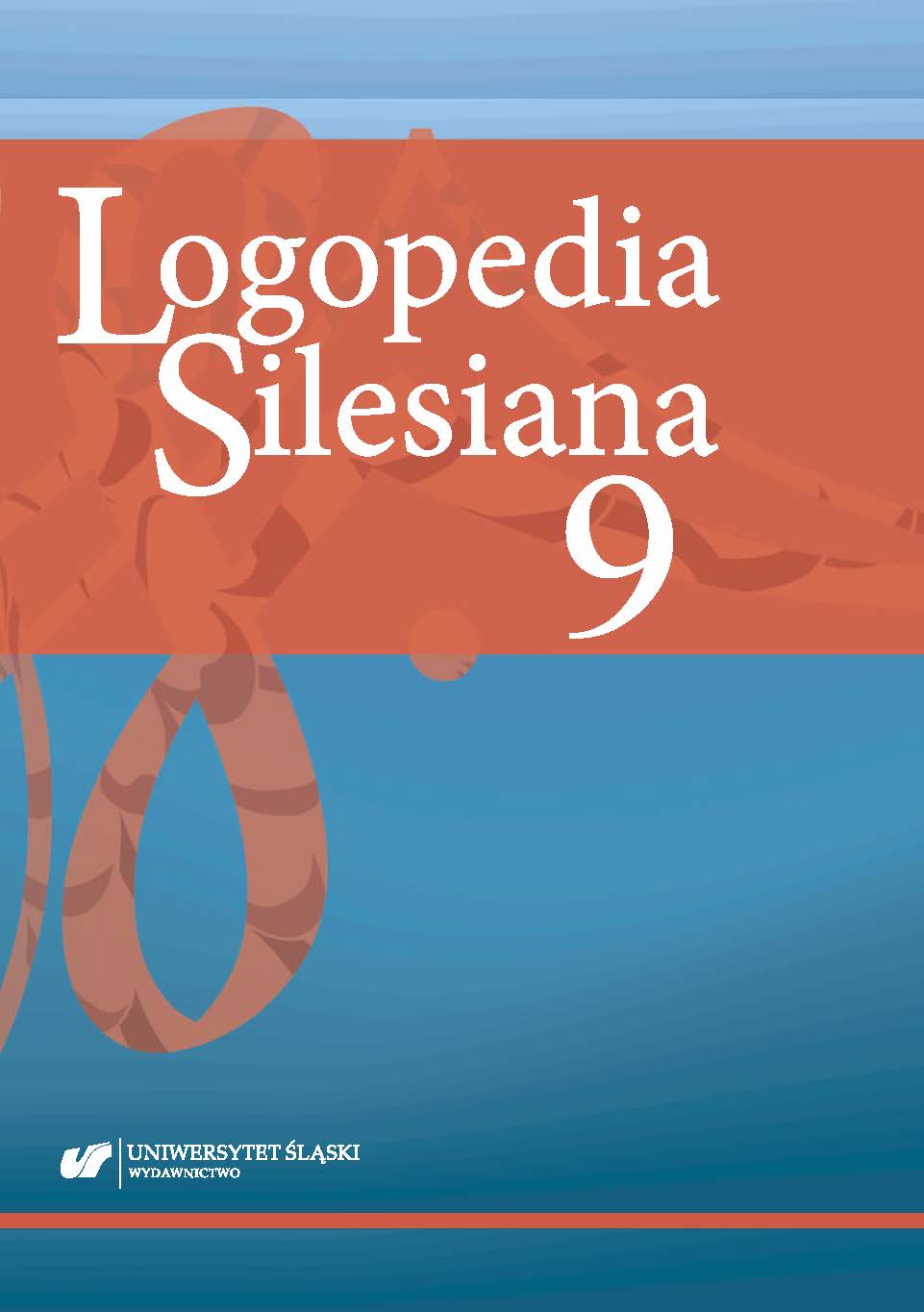Post-stroke patients: frequency and effectiveness of rehabilitation and speech therapy
Post-stroke patients: frequency and effectiveness of rehabilitation and speech therapy
Author(s): Anna Grażyńska, Weronika Urbaś, Krzysztof Duda, Mateusz Toś, Maria Flak, Elżbieta Zych-Twardowska, Ewa KrzystanekSubject(s): Theoretical Linguistics, Applied Linguistics
Published by: Wydawnictwo Uniwersytetu Śląskiego
Keywords: stroke; aphasia; rehabilitation; speech therapy
Summary/Abstract: The study presented here was conducted on post-stroke patients in the years 2014–2017. Data was collected using a survey questionnaire based on single-choice questions, Barthel ADL Index and the modified Rankin Scale (mRS). As many as 128 out of 135 respondents (94.8%) were referred for further treatment after initial rehabilitation. Of these, 33.6% did not continue their rehabilitation. Most of the remaining ones chose outpatient (32.9%) or inpatient rehabilitation in a hospital (29.4%). After the second examination of the physical condition of the patients, improvement was noted in those who participated in long-term rehabilitation. This feeling was also declared by the patients themselves. Out of all respondents, 92 people suffered from speech disorders, of which only 21.7% participated in speech therapy, and in this group 90% noticed a significant improvement in verbal communication. A small percentage of patients with aphasia recognize and follow speech therapy recommendations. Patients and their carers should be informed in more detail about the benefits of rehabilitation and speech therapy.
Journal: Logopedia Silesiana
- Issue Year: 2020
- Issue No: 9
- Page Range: 1-13
- Page Count: 13
- Language: English

